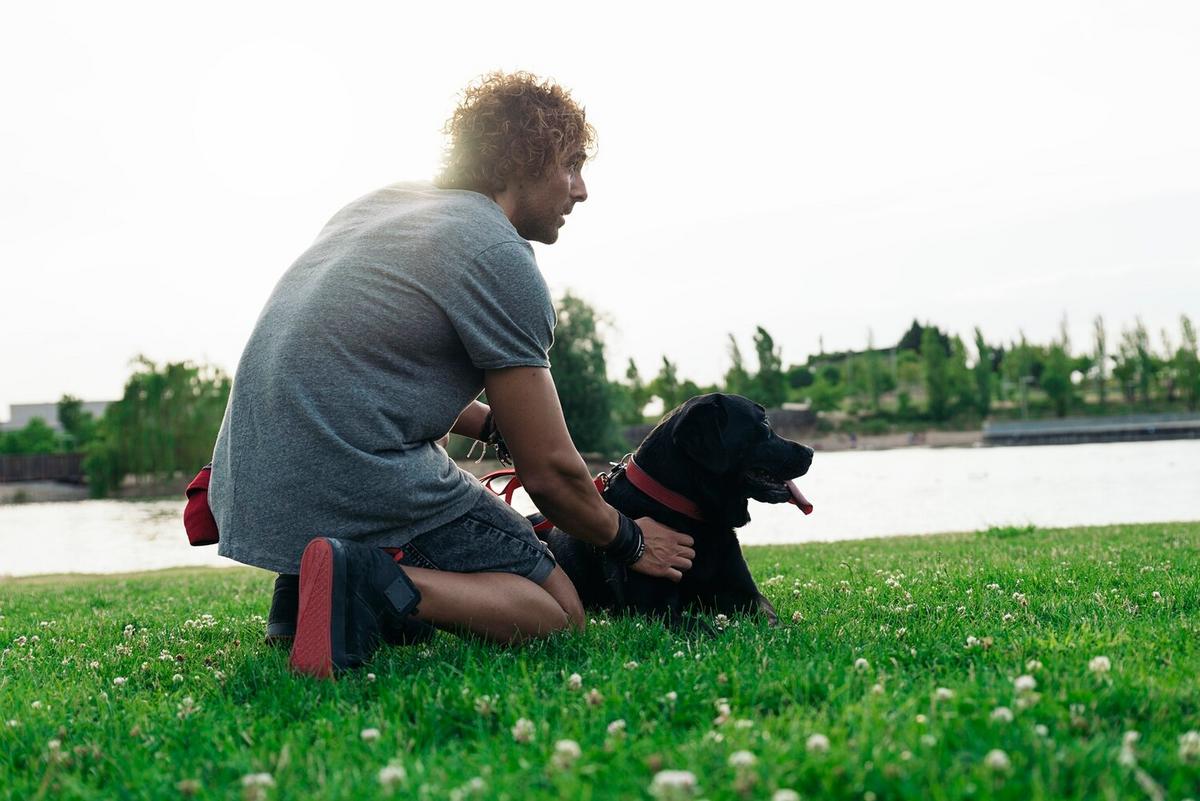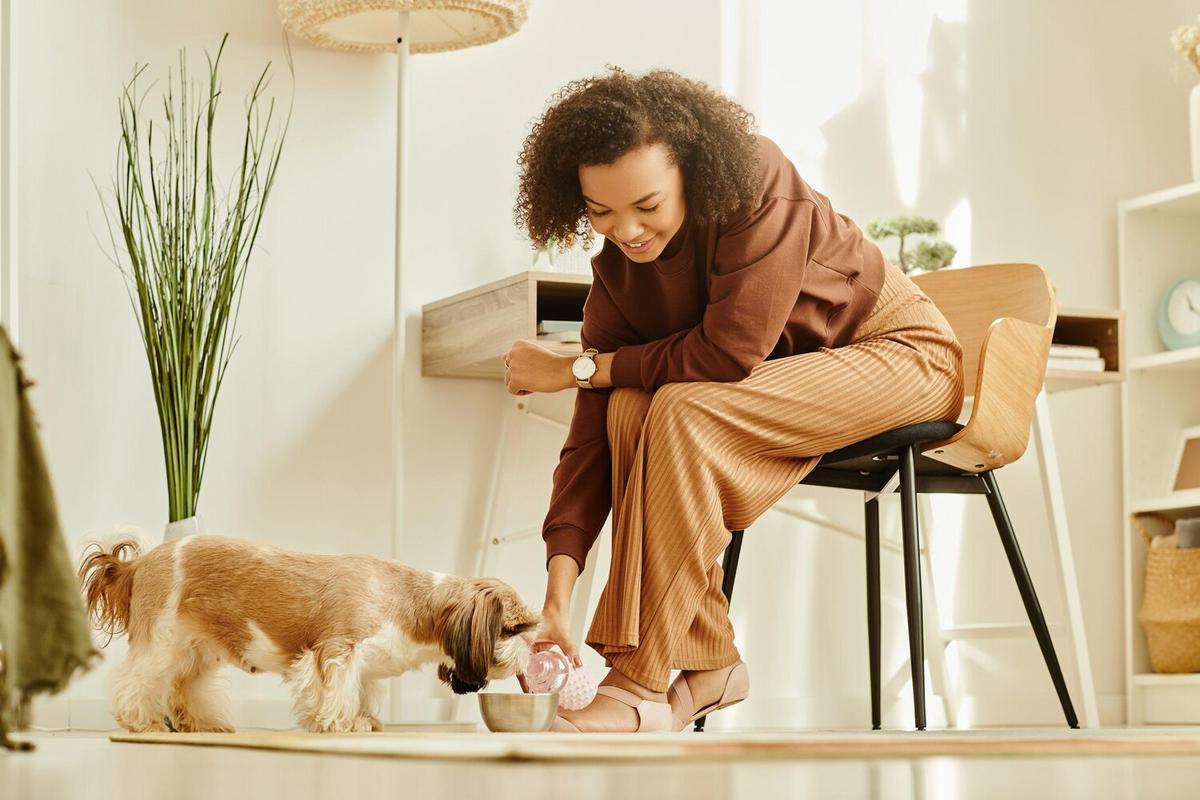Welcoming a new pet into your home is an exciting adventure, full of playful moments and bonding opportunities. However, along with the joy of a new furry friend comes the responsibility of house training, a crucial step in ensuring a harmonious living environment.
House training is an essential aspect of pet ownership that can set the stage for a well-behaved companion. Whether you’re bringing home a puppy, kitten, or a more mature animal, house training requires patience, consistency, and understanding.
Understanding Your Pet’s Needs
Each pet is unique, and understanding their needs is the first step in effective house training. According to Dr. Lisa Radosta, a board-certified veterinary behaviorist, “Pets thrive in environments where their routines are predictable, and their needs are consistently met.” This means regular feeding, exercise, and bathroom schedules can greatly aid in training.
Setting a Schedule
Establishing a consistent routine is vital. Pets, especially puppies, have small bladders and need frequent bathroom breaks. A good rule of thumb is to take your pet out every two hours and after every meal. Consistency helps your pet understand what is expected.
Positive Reinforcement
Using positive reinforcement is key to successful house training. Reward your pet with treats and praise immediately after they eliminate in the appropriate spot. This encourages them to repeat the behavior, associating it with positive outcomes.
Common Challenges and Solutions
House training can come with its challenges. Accidents are bound to happen, but how you respond is crucial. Avoid punishment, as it can lead to fear and anxiety. Instead, clean the area thoroughly to remove any odors and reinforce positive behavior when your pet uses the correct spot.
| Challenge | Solution |
|---|---|
| Frequent accidents | Reevaluate the schedule and increase bathroom breaks. |
| Pet doesn’t signal need to go out | Train using a doorbell or mat to signal. |
| Accidents during the night | Limit water intake before bedtime and ensure a late-night bathroom break. |
| Inconsistent behavior | Ensure all family members follow the same routine and commands. |
| Fear of going outside | Gradually introduce and reward outside trips. |
| Marking territory | Spaying or neutering can help reduce marking behaviors. |
| Distracted outdoors | Choose a quiet, consistent spot for bathroom breaks. |
| Crate training issues | Ensure the crate is a comfortable, positive space. |
Creating a Positive Environment
Making your home a welcoming and stress-free space for your pet is crucial. Ensure your pet has a designated area for sleeping and playing, and keep their food and water in a consistent location.
Frequently Asked Questions
How long does house training take?
The duration varies with each pet, but consistency and patience typically lead to success within a few weeks to months.
What if my pet regresses?
Regressions can happen. Return to basics with a strict schedule and positive reinforcement.
Can older pets be house trained?
Yes, with patience and consistency, older pets can be successfully house trained.
Is crate training necessary?
While not essential for every pet, crate training can provide a safe space and aid in house training.
Conclusion
House training a new pet is a rewarding journey that requires time and dedication. By understanding your pet’s needs, establishing a routine, and using positive reinforcement, you can create a harmonious home environment. Remember, patience and consistency are key, and soon enough, your pet will be a well-mannered member of the family.



Leave a Reply